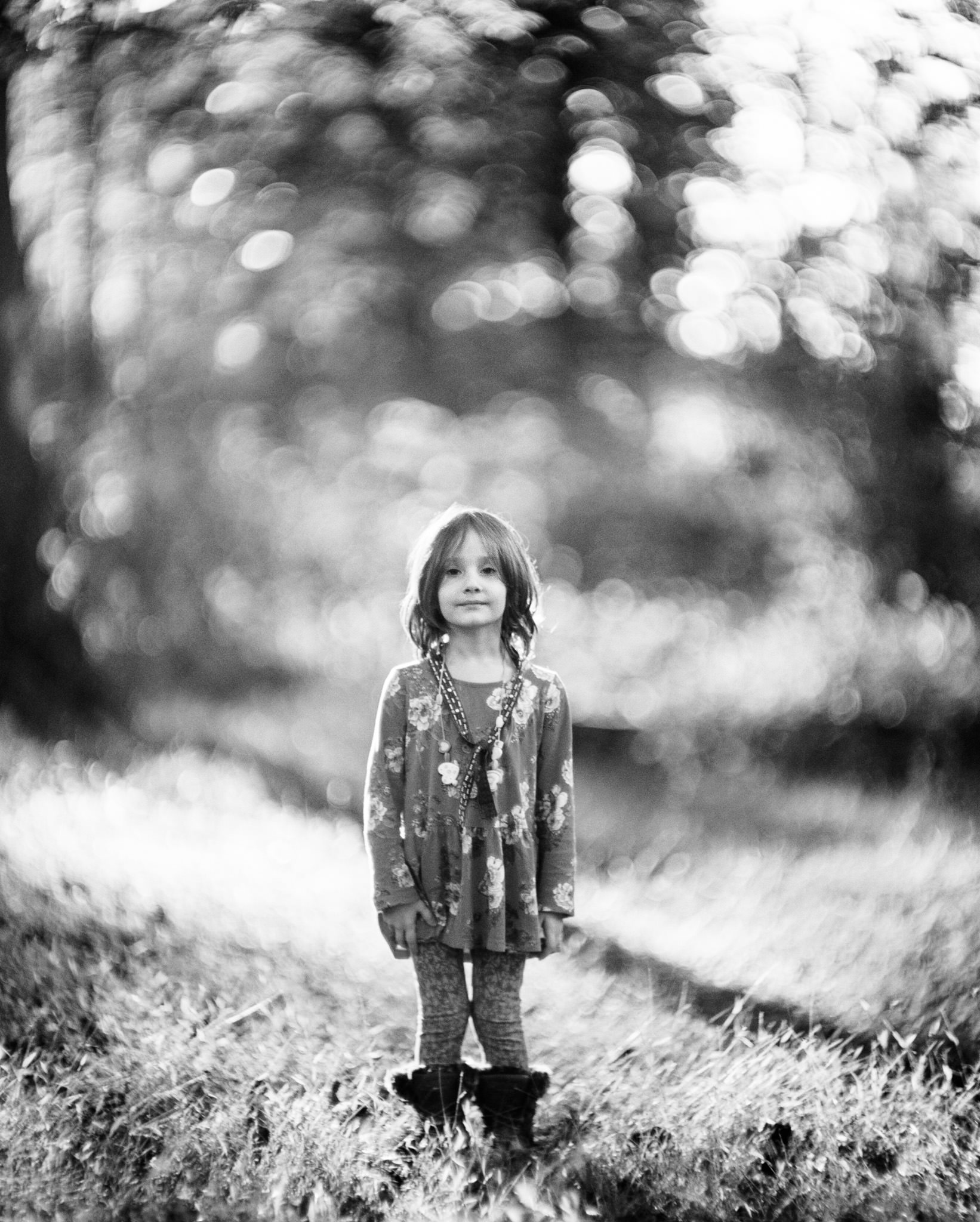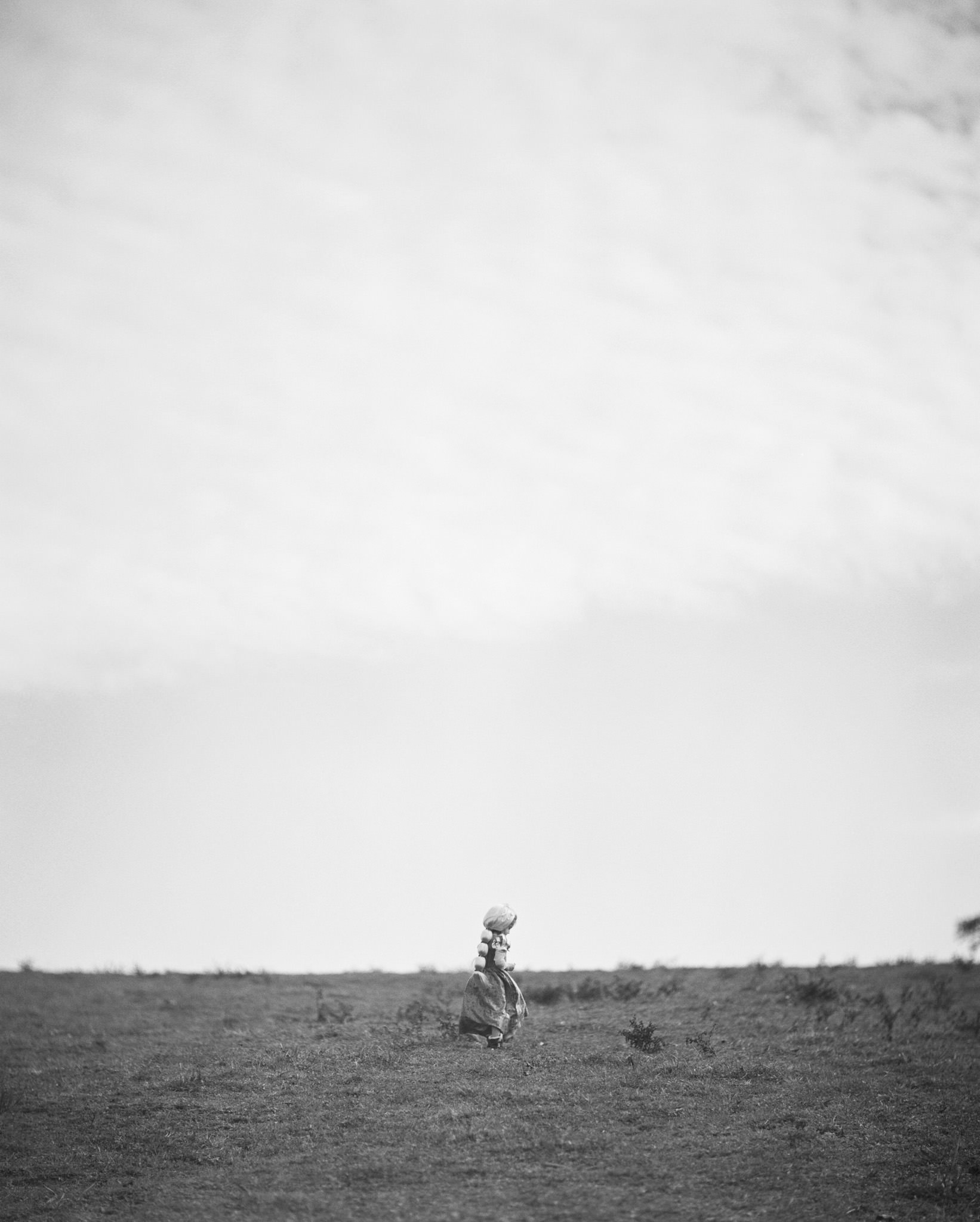Super Snaplite 7" f/1.9
Note: This post is part of our "Learn Blog" for photographers. For workshops, coaching, and other resources designed to help grow your skills as a photographer click here (after you read the article, of course)! To be transparent, all links are paid advertising, as a portion of any purchase made while using these links is credited to us. Please, consider using our links to help support what we do! Thank you!
Why Adapt Projector Lenses?
A while back, I began to experiment with different lenses on my Pentax 67. My desire was to find a lens that was faster than the 105mm f/2.4 and at a better portrait length, which I consider to be about 180mm on a 6x7 negative or about 80-100mm on a full frame/35mm camera.
The solution I encountered was adapting old projector lenses. These lenses have several wonderful characteristics and some characteristics that are less desirable:
Pros:
Very large apertures (f/1.7, 1.8, 1.9, 2 are normal)
Super shallow depth of field
Great for low-light
Typically very good optical quality glass
Have very interesting bokeh, some even have "swirling" bokeh on certain camera bodies
Cons:
Old and may therefore very commonly have fungus, balsam separation, etc.
Often very heavy
Usually, don't have a way to change the aperture
Some very nice ones are quite rare and hard to find/stumble upon
Since 1) they are older and 2) were intended for use in projectors usually used in dark areas, these lenses often do not have lens coatings like modern lenses to reduce flare
Images may often appear de-contrasted and will need post-processing to correct as desired
How to Adapt Projector Lenses to Pentax 67
The best and easiest way to adapt a projector lens is to contact The Boutique Lens. When buying direct from them, you can know that the lens you order will be the correct distance from the sensor in order for you to achieve the appropriate focus. Self-adapting can get you some pretty frustrating results where the lens either focuses out too far, or only very close.
If you’re dead-set on self-adapting your own lens, you can go that route. Since this can be so daunting with many variables, I'm going to make it as simple as possible. And, just as a note, I have linked to the specific sellers' items who have been tested and recommended by myself and others much more experienced than myself. I have heard that certain items from certain sellers are prone to breaking. Again, these items are ones that I have used and recommend. Buy from other sellers at your own risk.
Buy these things:
m65 helicoid (17-31mm is best for most lenses)
The mm size will affect various lenses in different ways. The key is finding the mm size that allows you to achieve the focus distance you want which is typically a meter or so out to infinity.
The mm size will depend on the rear of the lens you want to use.
Be sure to first have your lens picked out
Measure the rear of the lens from the outer edge to outer edge
Convert to mm
A lens that will cover the full 6x7 negative size
It is best if it covers a little more than the 6x7 since barely covering will lead to optical issues at the corners, most notably, pronounced vignetting, poor sharpness, etc.
Lenses over 105mm might work. 120mm and over are good bets. And lenses over 140mm should be excellent bets if designed for 35/70mm cinema film
Lenses that will cover are usually designed for 35/70mm cinema film and listings typically show this info
Certain lenses that do not fully "cover" may leave empty space on the negative and/or will cause vignetting to various degrees
I will suggest a few lenses below in another section
The m65 to Pentax 67 adapter mounts to the Pentax 67 like a lens would. It then attaches to the m65 helicoid, which acts as the focusing apparatus. Then, the thread adapter attaches to the m65 helicoid. Finally, your projector lens goes into the thread adapter.
The rear of the lens will need to fit the m65 thread adapter lens mount. For instance, if the diameter of the rear of the lens is 80mm, the thread adapter lens mount will need to be 80mm.
Some Ideas for Lenses to Try
This is a short list of lenses that are likely to work for your Pentax 67.
Kollmorgen Super Snaplite
7"
B&L Super Cinephor
7"
Schneider Cinelux (requires different adapters to reach infinity)
115mm, 120mm, 125mm, 135mm, 150mm
ISCO Cinelux Ultra (requires different adapters to reach infinity)
110mm, 115mm, 125mm, 130mm, 135mm
Buying Pre-Adapted Projector Lenses
Finding, adapting, and effectively adjusting the right lens can be time-consuming, frustrating, and difficult, and sometimes your project just doesn't work out.
Though you'll end up paying more, you can purchase pre-adapted lenses from places such as The Boutique Lens.
Though more expensive, you're essentially paying someone else to spend all the time of looking for, acquiring, and adapting lenses.
Projector Lens Example Gallery
Super Snaplite 7" f/1.9
Isco Ultra MC 110mm f/2
ISCO Ultra MC 110mm f/2
Kollmorgan Super Snaplite 178mm f/1.9
Snaplite 7" f/1.9
Bausch & Lomb Super Cinephor 178mm f/1.9
Kollmorgan Super Snaplite 178mm f/1.9 (If my memory serves me right)
Bausch & Lomb Super Cinephor 178mm f/1.9
Bausch & Lomb Super Cinephor 178mm f/1.9 or Kollmorgan Super Snaplite 178mm f/1.9 (Forgot)
Bausch & Lomb Super Cinephor 178mm f/1.9
Bausch & Lomb Super Cinephor 178mm f/1.9













